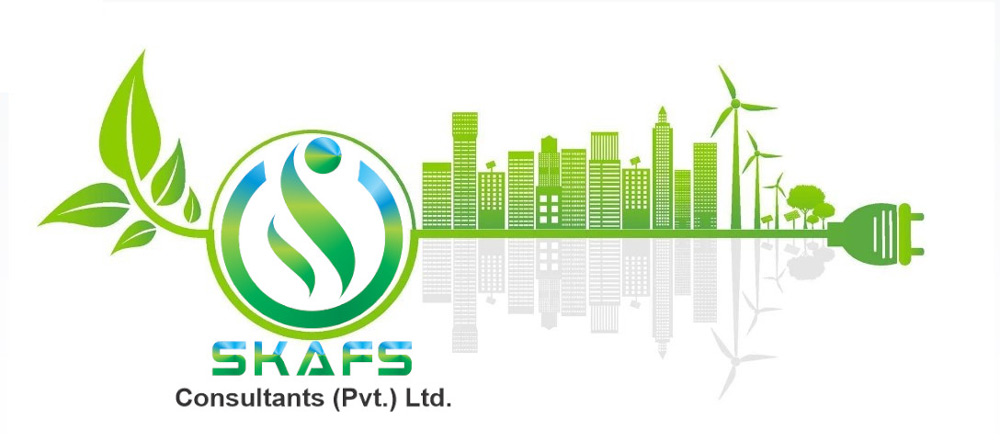
GREEN PAKISTAN

• Pakistan, which has been listed as the 7th most vulnerable country affected by climate change, is now need serious attention to tackle the vagaries of weather.
• According to experts, Pakistan has faced around 150 freak weather incidents as a result of climate change in the past 20 years: flash floods, smog in winter, forest fires in summer, melting glaciers, freaky heatwaves, landsides, displaced population, etc.
• During floods in 2010-11, almost 10% of Pakistan's population was displaced in 2 provinces, one in the North and another in the South.
• Last year, the costs of extreme weather as a consequence of climate change, were listed at $ 384 million and in the past 20 years, there has been a cost of almost $ 2 billion to the national economy because of the ravages of climate change. Efforts are being undertaken to mitigate the problem. For instance, some $ 120 million funds have been expended in the country in the past 5 years to arrest forest degradation and to promote tea plantations .
• Though Pakistan is amongst the lowest emitters and accounts for less than 1pc of the total global carbon emissions, it remains committed to the global efforts to reduce climate-altering carbon emission to tackle global warming and its impacts by adopting low-carbon development path partcularly in energy, agriculture, transport.
Source: https://reliefweb.int/report/pakistan/pakistan-s-battle-against-climate-change
https://thefrontierpost.com/the-environmental-issues-in-pakistan/
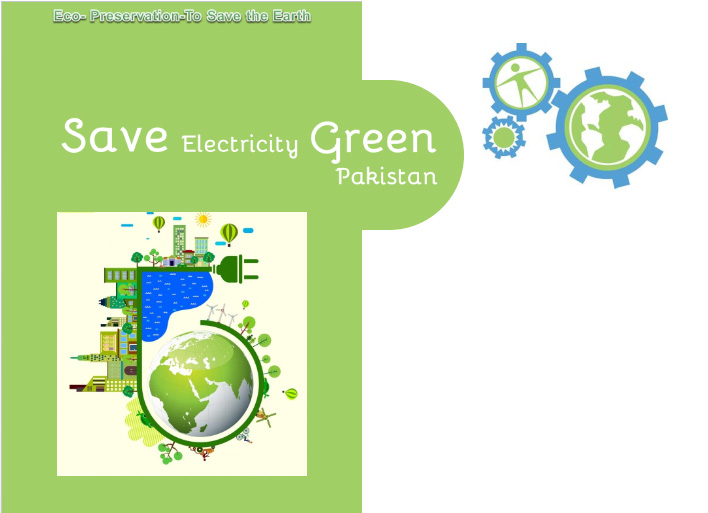
• Pakistan is facing a lot of climatic and environmental issues, including Water pollution, soil erosion, and land pollution, shortage of water, global warming, air pollution and natural disasters.
• According to the latest global environment performance index (EPI) ranking Pakistan is in the list of countries which suffer from poor air quality. The climatic changes and global warming are most alarming issues risking millions of life across country. The major reasons of these environmental issues are carbon emission, increasing populations, and deforestation.
• The unavailability of water is the main issue, according to the recent report of International monetary fund (IMF) Pakistan ranks 3rd in the list of countries facing cute water shortages. United Nations Development Program (UNDP) and Pakistan Council of Research in Water Resources (PCRWR) indicate that Pakistan will reach absolute scarcity by 2025. The main reason behind this water shortage is urbanization, ever- growing population, climatic changes, lack of water management and the lack of political will to deal with the issue.
• Similarly, one of the biggest issues is the increasing deforestation in the country. According to a recent study, Pakistan lost 24.7% of its forest cover (around 625,000 hectares). the reasons behind deforestation are energy crisis, urbanization, industrialization and domestic use. Though certain plans have been launched to increase forest cover, which includes Green Pakistan program, Billion Tree Tsunami and REDD Plus, but it definitely take years for these plants to grow and replace already cut big trees.
In Pakistan, GHG emissions are low compared to international levels of emissions. According to the Fifth Assessment Report (AR5) of Intergovernmental Panel on Climate Change (IPCC), global greenhouse gas (GHG) emissions have accelerated to an unprecedented level despite global efforts to cut down emissions.
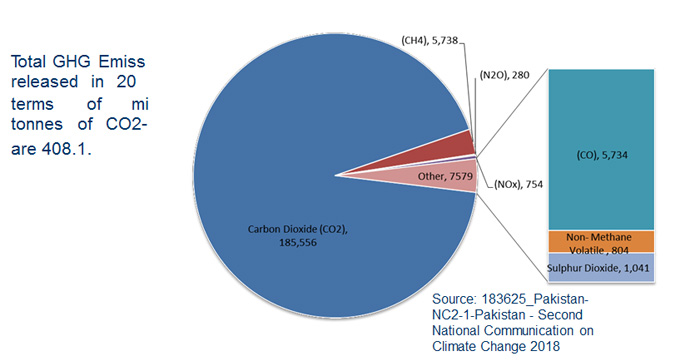
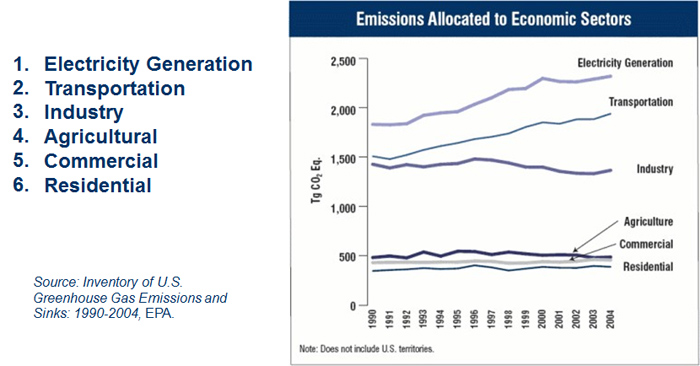
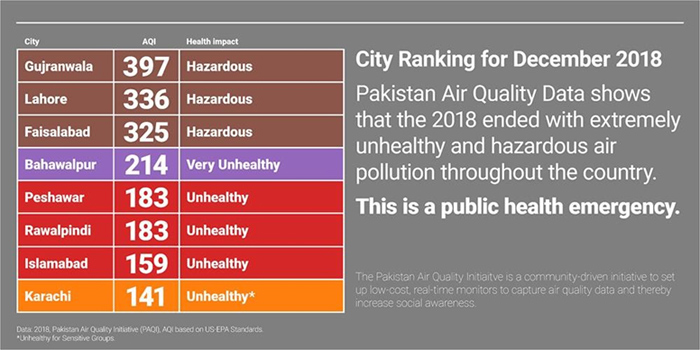
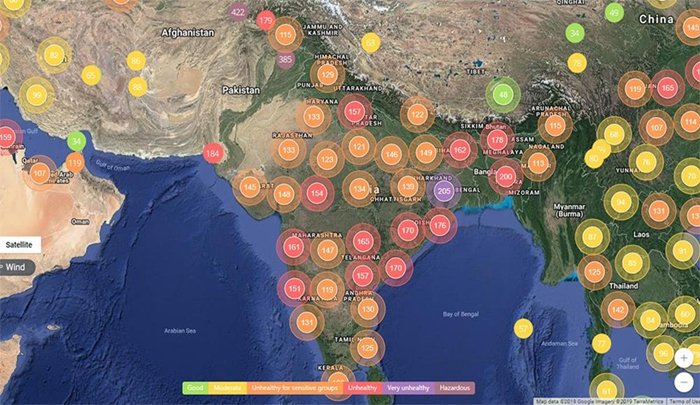
Source:https://www.pbc.org.pk/air-quality-health-and-industry/
• The total estimated emissions in terms of million tonnes of CO2- eq. are 408.1 for the year 2015 shows an increase in total GHG emissions when compared with inventories of 1994, 2008, and 2012.
• Climate model projections indicate that during the 21st century the global surface temperature is likely to rise 0.3°C to 1.7°C (0.5°F to 3.1°F) for their lowest emissions scenario using stringent mitigation, and 2.6°C to 4.8°C (4.7°F to 8.6°F) for business as usual carbon intense emissions.
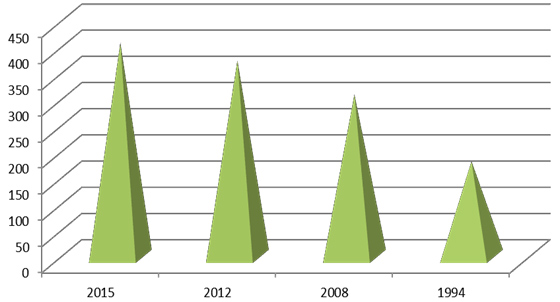
Source: https://www.adb.org/sites/default/files/publication/357876/climate-change-profile-pakistan.pdf
• According to National GHG Inventory of Pakistan for the year 2015 its emission 408.1million tons of carbon dioxide equivalent (MtCO2 e) with 45.5% share of Energy, 42.7% of Agriculture. The energy and agriculture livestock sectors alone account for 89% of the total emissions pool and have thus far remained the biggest emitters of GHGs since 1994.
• Pakistan ranks relatively low among countries on a per capita GHG emissions basis, due to its relatively low level of development and high population According to a preliminary projection, the GHG emissions levels for Pakistan are expected to increase many times in the coming decades
Source: 183625_Pakistan-NC2-1-Pakistan - Second National Communication on Climate Change 2018
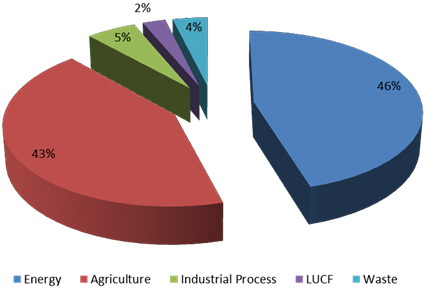
Total CHG per capita emissions = 144th
Total CHG emissions = 33rd
GHG = greehouse gas
Source: http://www.theglobaleconomy.com/rankings/Carbon_dioxide_emissions/ (accessed on 25 May 2015).
| Sector | 1994 | 2008 | 2012 | 2020 | 2050 |
|---|---|---|---|---|---|
| Agriculture | 72 | 120 | 165 | 245 | 1,395 |
| Industrial Process | 13 | 18 | 14 | 26 | 67 |
| Land use change & Forestry | 7 | 9 | 10 | 14 | 38 |
| Waste | 4 | 6 | 10 | 7 | 15 |
| Total national Emissions | 182 | 309 | 369 | 650 | 4200 |
Source: Government of Pakistan, Ministry of Planning, Development and Reforms. 2010. Task Force Final Report on Climate Change. Islamabad; K. A. Mir and M. Ijaz. 2015. Greenhouse Gas Emission Inventory of Pakistan for the Year 2011-2012. Islamabad: Global Change Impact Studies Centre (GCISC).
Government of Pakistan's strategies are aimed at saving the lives of the people from the vagaries of climate change.
• Establishment of Prime Minister's Committee on Climate Change.
• The launch of 10 Billion Tree Tsunami.
• The launch of Clean & Green Pakistan the program envisages addressing five components: plantation, solid waste, liquid waste/ hygiene, total sanitation and safe water
• Efforts to Increase the Share of Renewable Energy up to 30% in the Energy Generation Mix.
• Promotion of net-metering regime.
• Development & Launch of Mandatory Energy Labeling Regime for LED Lights, AC and Refrigerator.
• Promotion of Solar Power Irrigation Systems.
• Efforts for the gradual wiping-out of single use plastics
• Formulation of NDC implementation roadmap.
• Formulation of Electric Vehicle Policy 11. Launch of Ecosystems Restoration Initiative (ESSRI)
• The energy sector is the major contributor to climate change through its high GHG emissions contributing 51% of total emissions in 2015.
• It is predicted that rising population, economic growth, and changing patterns of consumption including rising demand for air conditioning in the summer months will likely increase energy demand and consequently increase GHG emissions from the energy sector in Pakistan.
Source: 183625_Pakistan-NC2-1-Pakistan - Second National Communication on Climate Change 2018
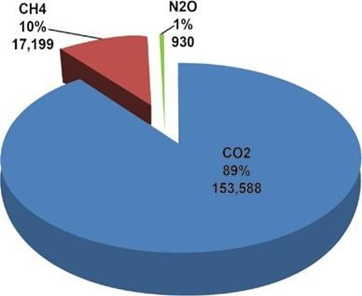
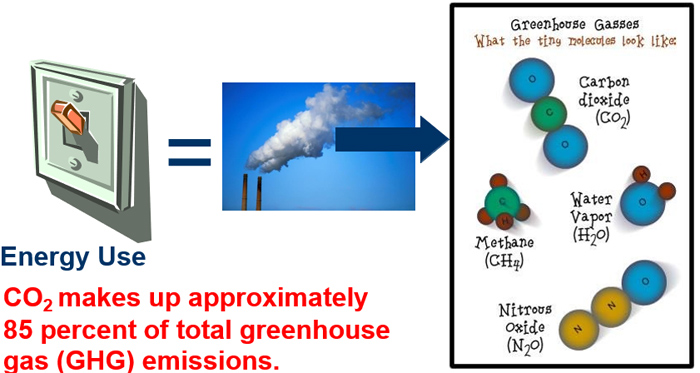
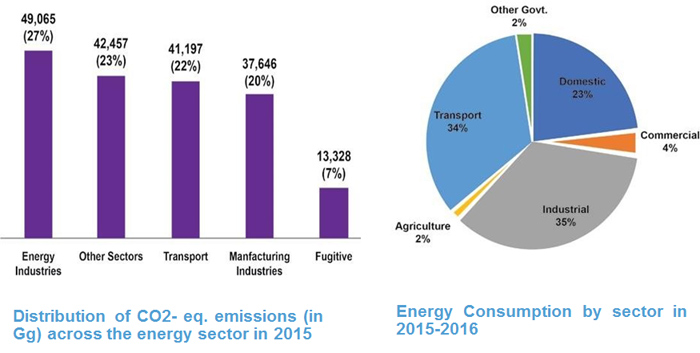
Source: 183625_Pakistan-NC2-1-Pakistan - Second National Communication on Climate Change 2018
Total data was reported at 106,927.000 GWh in Jun 2018. This records an increase from the previous number of 95,530.000 GWh for Jun 2017.
Source: https://www.ceicdata.com/en/pakistan/electricity-generation-and-consumption/electricity-consumption-total
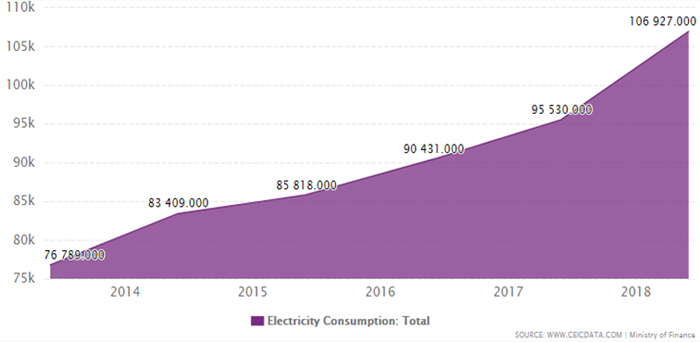
Energy intensity of residential sector (GJ/household) in Pakistan was reported at 58.59 in 2012, according to the World Bank collection of development indicators, compiled from officially recognized sources.
Source: https://tradingeconomics.com/pakistan/energy-intensity-of-residential-sector-gj-household-wb-data.html
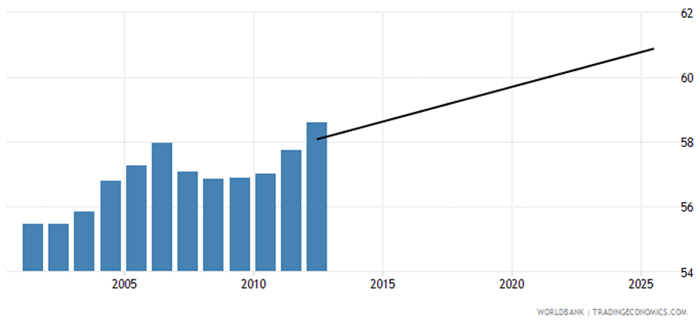
This statistic represents the household consumption of electricity per capita in Pakistan from the year 2000 to 2016. In 2016, household consumption of electricity per capita in Pakistan was about 235 kilowatts per hour.
Source: https://www.statista.com/statistics/598318/household-consumption-of-electricity-per-capita-in-pakistan/
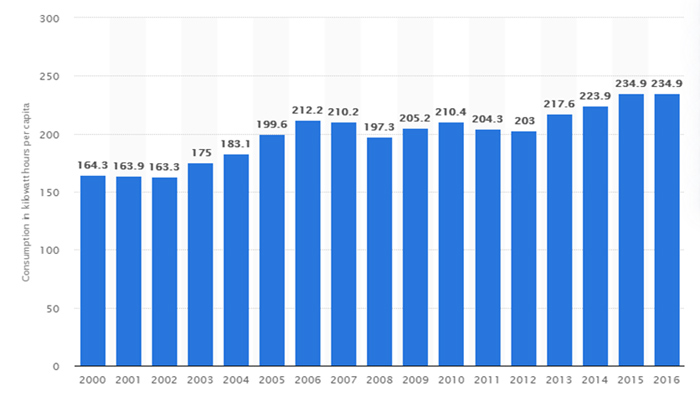
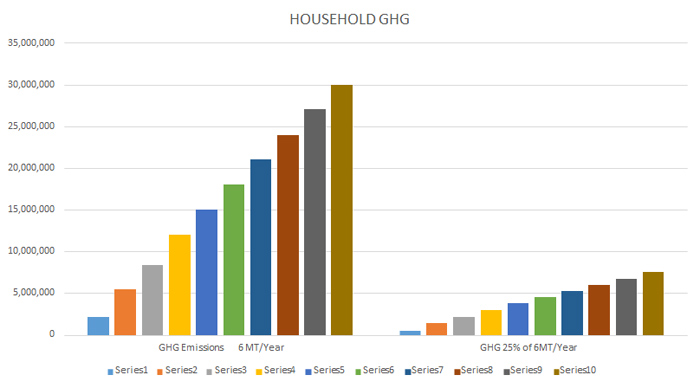
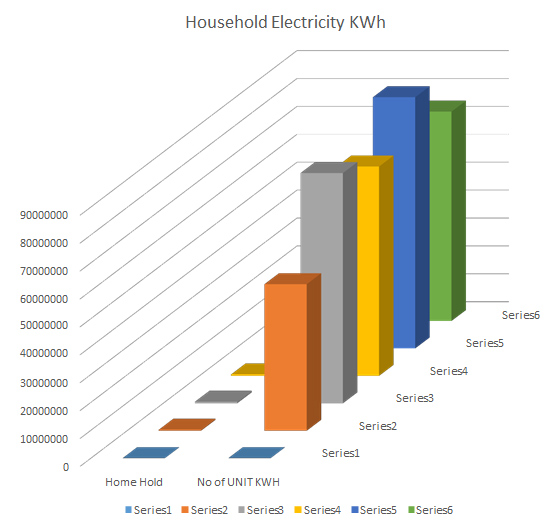
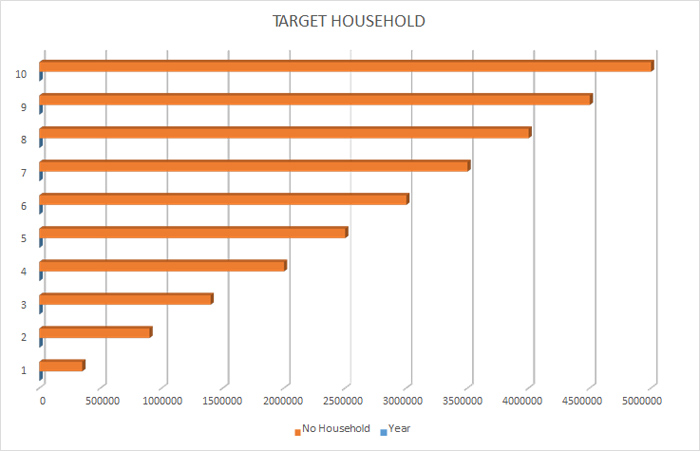
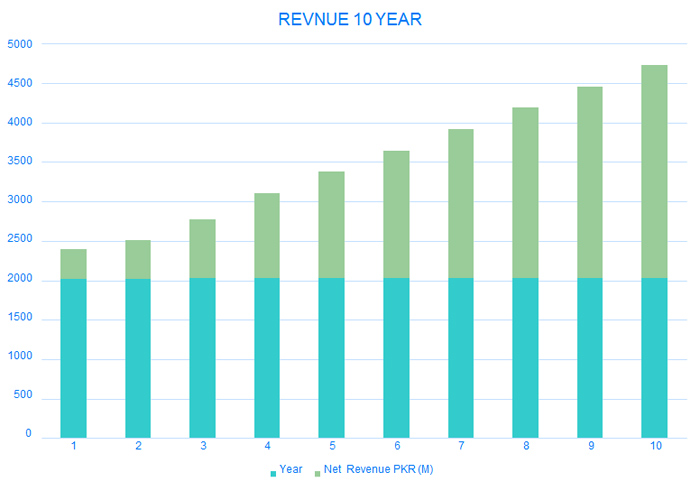

Consume 40% more energy per person compared to the world average.

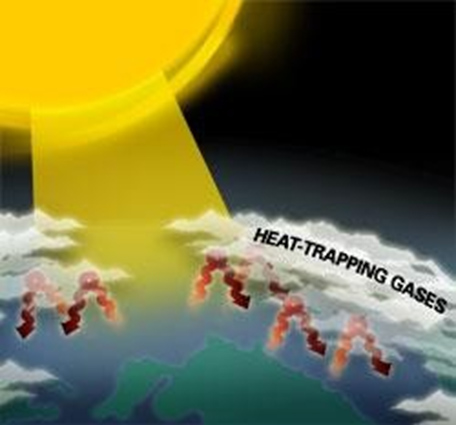
http://www.fightglobalwarming.com/page.cfm?tagID=273